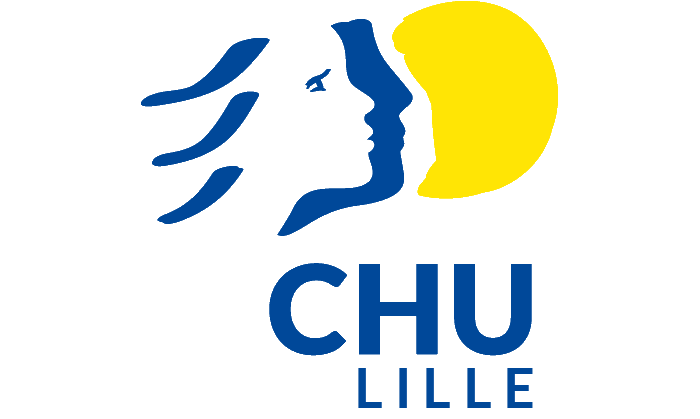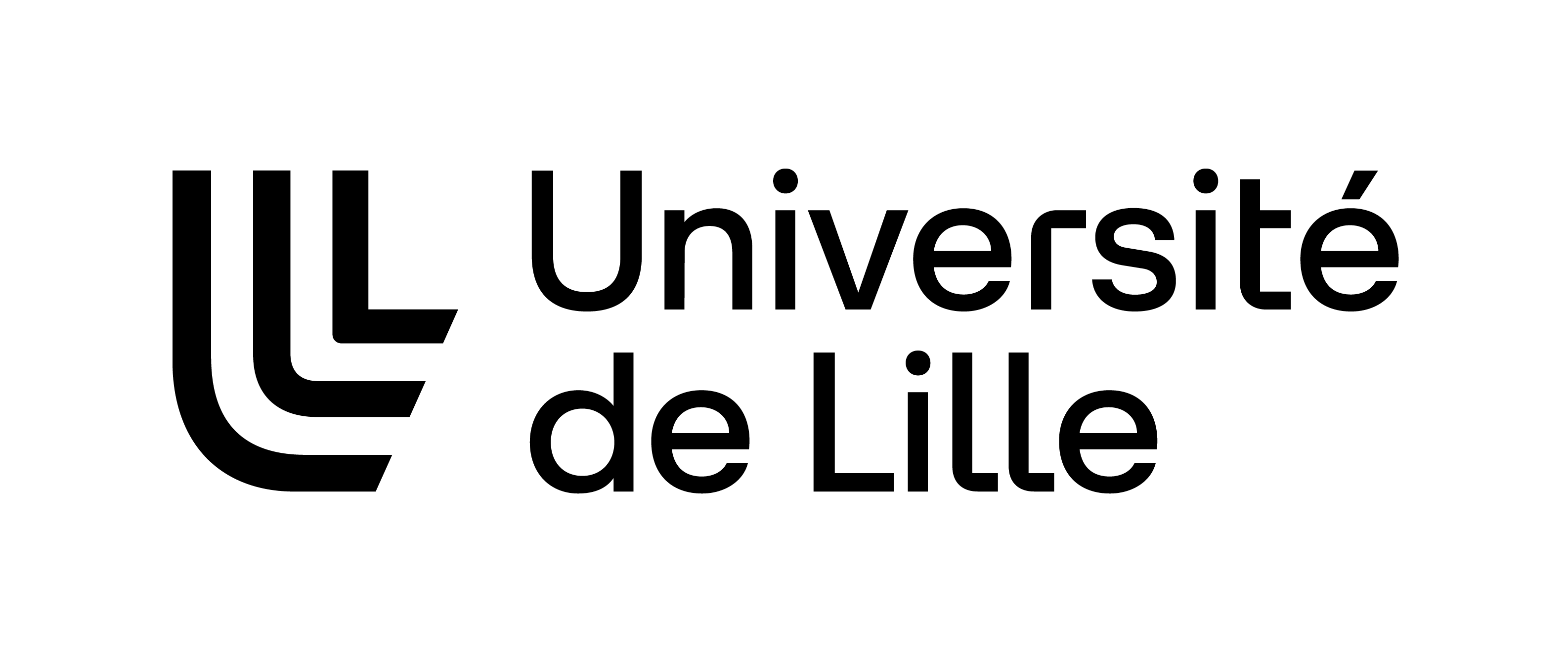-
Health and Nutrition
Advanced Drug Delivery Systems (ADDS)
Research unit - U1008
Our laboratory is interested in the field of controlled drug delivery. We are a multidisciplinary team with expertise in pharmacy, medicine, dentistry, materials science, mathematics and biology. We conduct interdisciplinary and translational research in the field of controlled drug delivery systems from the development of formulations, the study of their manufacturing processes, their in vitro and in vivo characterizations with a focus on mathematical modeling of the release process for the establishment of in vitro - in vivo correlation. Depending on the field, this activity is oriented towards clinical research (vascular prostheses, ENT) or towards industrial research (e.g.: development of innovative coating systems). We are open to all academic and industrial collaborations and propose services in line with our expertise.
-
Juergen Siepmann
Director
3, Rue du Professeur Laguesse
Faculté de Pharmacie, Campus Santé, Université de Lille
59006 LILLE

Effectif
Effectif total : 49
Personnel de recherche : 27
Personnel d'appui à la recherche : 7
Skills
• Advanced delivery systems for active ingredients
• Mechanisms of mass transport
• Mathematical modeling of the release process
• In-silico simulations
• Innovative coating systems
• Innovative biomaterials
• Controlled release implants
• Controlled release of active ingredients
• Release mechanisms
• Tablets
• Coated granules
• In-situ forming implants to treat periodontitis
• Cochlear implants
• Active stents
• Bone substitutes
Example(s) of projects
• Development and commercialization in 2021 of new types of filtering and decontaminating masks that not only trap viruses, but also deactivate them. They reduce the viral load by 99.9% in less than 5 minutes. The process, called CIDALTEX®, is used today by the French company Bioserenity to manufacture these virucidal masks. 🡭
Example(s) of publications
• Fahier, J; Muschert, S; Fayard, B; Velghe, C; Byrne, G; Doucet, J; Siepmann, F; Siepmann, J. Importance of air bubbles in the core of coated pellets: Synchrotron X-ray microtomography allows for new insights. Journal of Controlled Release 237, 125-137, 2016.🡭
• Gasmi, H; Danede, F; Siepmann, J; Siepmann, F. Does PLGA microparticle swelling control drug release? New insight based on single particle swelling studies. Journal of Controlled Release 213, 120-127, 2015.🡭
• Karrout, Y; Dubuquoy, L; Piveteau, C; Siepmann, F; Moussa, E; Wils, D; Beghyn, T; Neut, C; Flament, MP; Guerin-Deremaux, L; Dubreuil, L; Deprez, B; Desreumaux, P; Siepmann, J. In vivo efficacy of microbiota-sensitive coatings for colon targeting: A promising tool for IBD therapy. Journal of Controlled Release 197, 121-130, 2015.🡭
• Velghe, C; Rosiaux, Y; Marchaud, D; Siepmann, J; Siepmann, F. In-silico simulation of niacin release from lipid tablets: Theoretical predictions and independent experiments. Journal of Controlled Release 175, 63-71, 2014.🡭
Collaborations/Partners/Scientific clients
ENSAIT, Université de Valenciennes
International :
Martin-Luther-Universität Halle-Wittenberg (Germany), Ludwig-Maximilians-Universitaet Muenchen (Germany), Universitaet Duesseldorf (Germany), Universitaet Halle (Germany), University of Cambridge (UK), University of Copenhagen (Denmark), University of Copenhagen (Denmark), University of Gent (Belgium), University of Iceland (Iceland), University of London (UK), University of Lund (Sweden), University of Sydney (Australia), University of Texas (USA)
Collaborations/Partners/Private Clients
Applications sectors
- Health / wellness
- Education / Training
- Science / Research
Services provided
• Characterization of new in vitro and in vivo prototypes (animals and humans)
• Identification of the dominant physicochemical/biological phenomena controlling drug release
• Development of mechanically realistic mathematical theories to facilitate device optimization via in-silico simulations, e.g. reduce the number of in vitro and in vivo studies required
Consulting services
Offres technologiques
- STEELJAW: A new conception of Temporo Mandibular Joint (TMJ) and the method to assemble it
New conception of Temporo Mandibular Joint (TMJ) and the method to assemble it The glenoid insert can be easily fixed and release from the glenoid support, by a manual action on a tab, in order to facilitate it’s precise adjustment or it’s change to perfectly match with the condylar part. Read more.
Seethe detailed list of equipment here: http://u1008. univ-lille2.fr/equipment.html
Affiliated institutions / organisations
Groups/Networks/Federations
Doctoral schools
Regional strategic areas of activity
- Health and Nutrition



